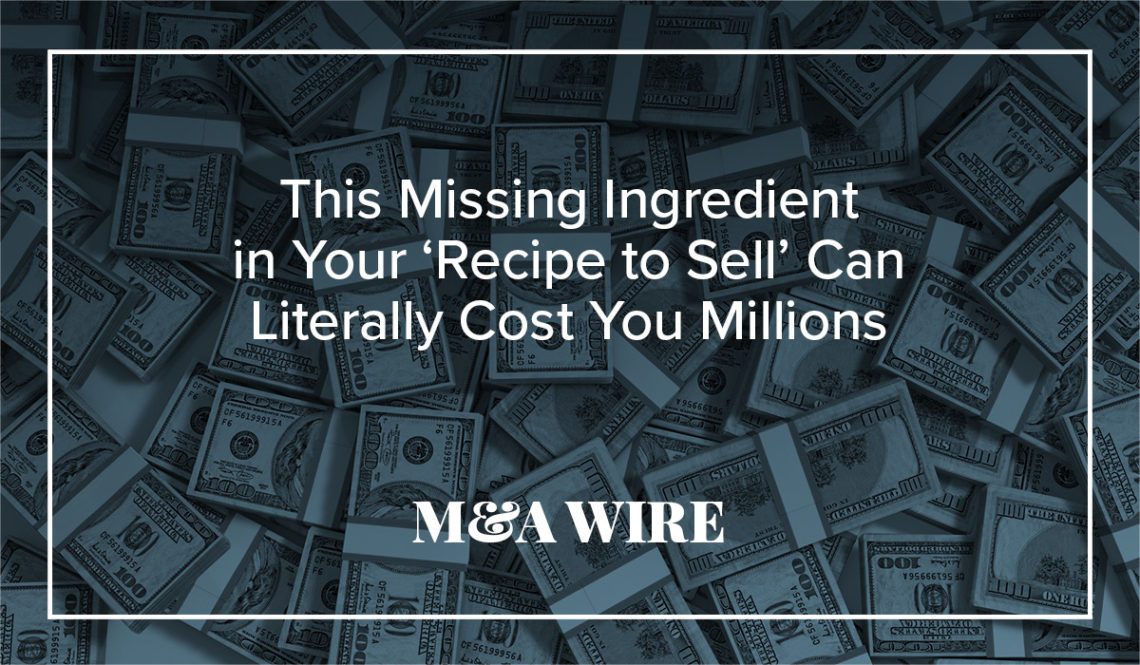When a business owner desires to sell a company for top dollar, (s)he needs to understand the importance of having future growth plans for the business. One factor that can boost growth is if the business operates in a high growth industry where the compound annual growth rate (“CAGR”) is 10% or more. Examples of such industries are: internet retail, healthcare services, cyber security, and autonomy to name a few. However, whether or not the business participates in a high growth industry, to achieve a strong transaction multiple with a low likelihood of contingency payments such as earnouts, the business’s owner needs to have, and articulate to buyers, a compelling strategy as to how their company will capture significant market share in the future. This strategy is quantified in the business’ financial projections.
There are two reasons that strategy is so important. First, acquirers seek to purchase companies with compelling strategies. “What’s past is past” as they say. In fact, a purchase price is ultimately what a buyer is willing to pay for the future cash flow streams of a company. Future cash flows cannot be justified without a strategy, or the company’s “story.” For the same reason, the preferred valuation method, the discounted cash flow (DCF) method, is dependent on strategy—the second reason that strategy is so vital.
In using DCF to value a company, one takes a target company’s financial projections and creates a DCF valuation range. This valuation method takes a company’s future cash flow streams looking out typically 3-5 years and then risk adjusts them back to the present using a formula called the weighted average cost of capital.
While there are nine different methods used in valuing a company, the DCF, trading, and transaction methods are the three most common ones. Both (publicly traded) trading and (M&A) transaction methods consider comparable companies’ revenues and EBITDA multiples as benchmarks against the subject company’s past 12 months’ revenues and EBITDA. Therefore, the trading and transaction methods take a retrospective look at valuation while the DCF method takes a present look, based on a company’s future strategy and expected financial performance. In high growth markets, a compelling strategy means improving cash flows, and a high valuation range.
Unfortunately, the DCF valuation method is often missing in valuation reports when business owners of private companies solicit a valuation. This is because they do not have financial projections to share with the valuation expert. Therefore, that valuation expert is not able to consider the DCF method. This means that if the seller enters into a deal with a buyer, they often leave money on the table because they traded on the past and present circumstances, not on what the company can do in the future. This restricts conversations to past performance, and limits the upside in a transaction multiple paid by the acquirer to the seller.
We strongly recommend business owners not leave money on the table. They need to allocate time to strategic planning and financial forecasting. These decisions can result in a strong valuation and, when combined with other preparation steps, a stronger upside when it is time to close the M&A transaction.

